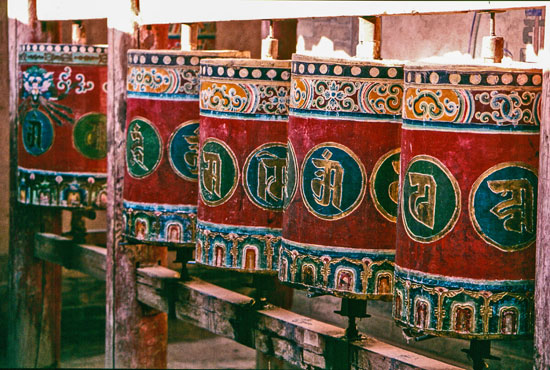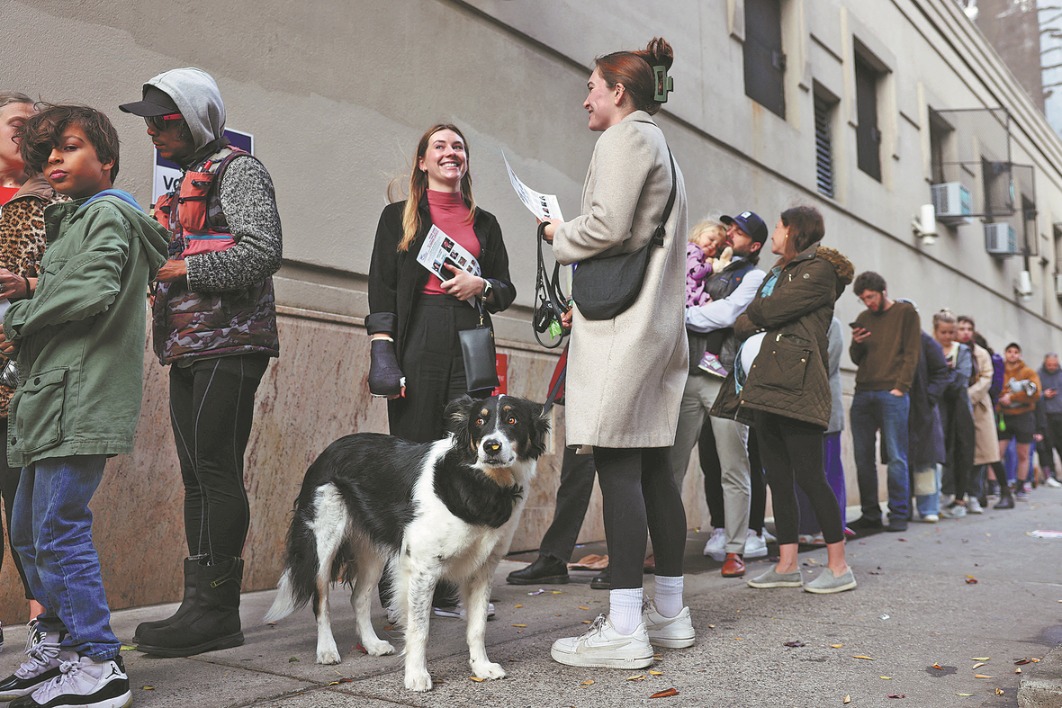Xining - Historic gateway to the Qinghai-Tibet Plateau
By Bruce Connolly | chinadaily.com.cn | Updated: 2018-04-04 08:02

The monastery was made up of several separate buildings, each of significance - for prayer, for administration and for living quarters. The Hall of Butter Sculpture is famed for miniature models of animals, people, flowers, landscapes and so on, all carved from yak butter. I continued walking uphill in beautiful sunshine, passing stupas and prayer flags set amongst trees turning autumnal golden. Arriving at the Nine Roomed Hall, dating from 1592, I ventured into its central courtyard. Many worshipers filled the space, some working their way along lines of rotating prayer wheels. Others performed prostrating rituals on the wooden floor - some may do thousands of such movements during their visit to Ta’er. In a yard enclosed by red wooden balconies monks sat on the floor in their maroon robes - chatting, they would stop, smile and welcome me.
Above the monastery ran a scenic ‘korla’ or trail that many pilgrims would follow again in a clockwise direction. The views were stunning of the compact forested valley and of the many halls with their roofs holding distinctive features of Buddhism.
Over my stays in Xining I made several visits out to Ta’er, each time thinking how rewarding it would be to stay a few days there. However, reluctantly I had to leave both Ta’er and Xining, and head to the railway station for an overnight train east along the Wei River valley to Xi’an.
It would be fascinating to return again to Xining and re-experience some of those precious memories.
























